
Browse our fun-packed, helpful plant-based articles, and delve deeper into this healthy, sustainable lifestyle!


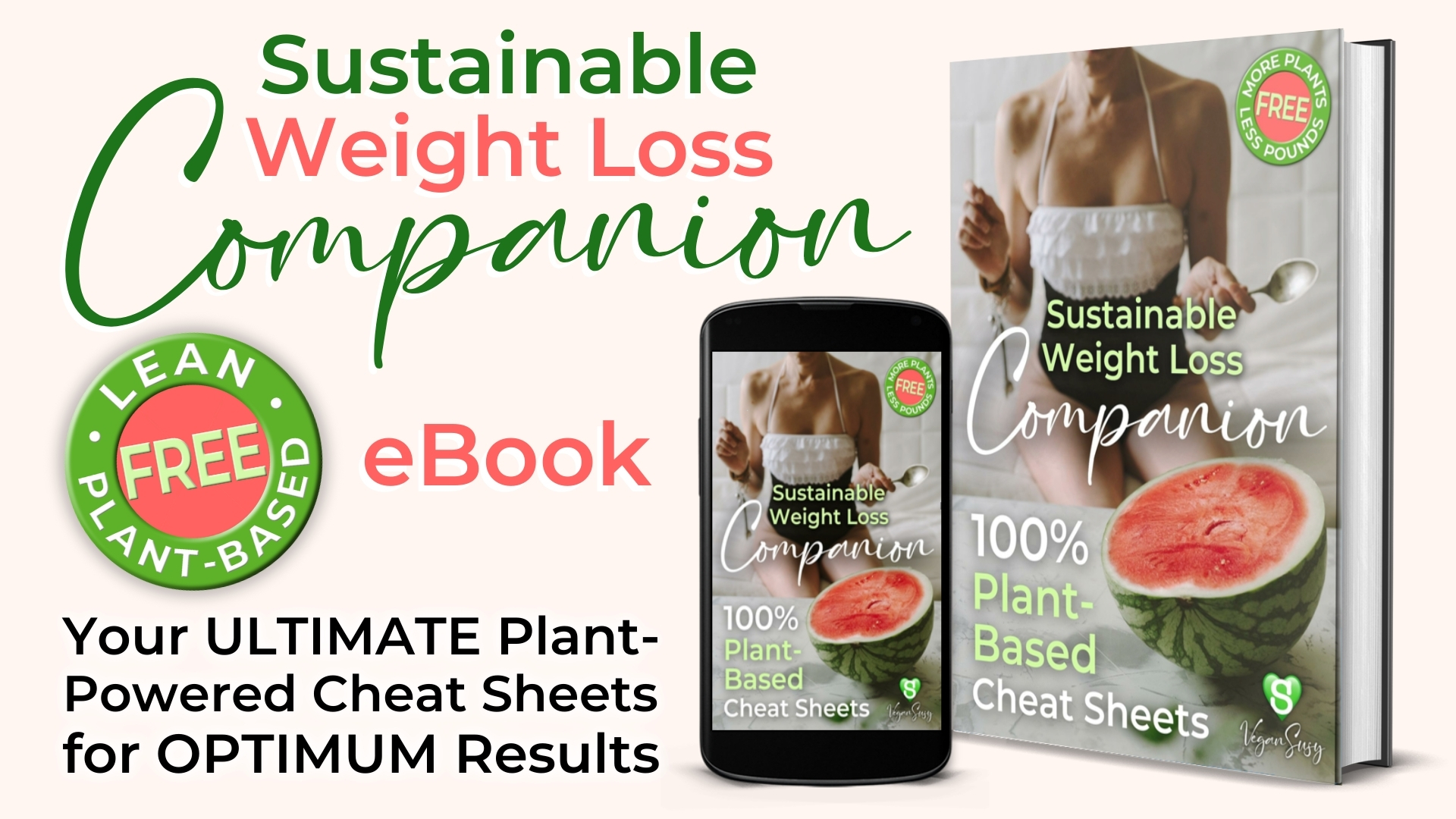
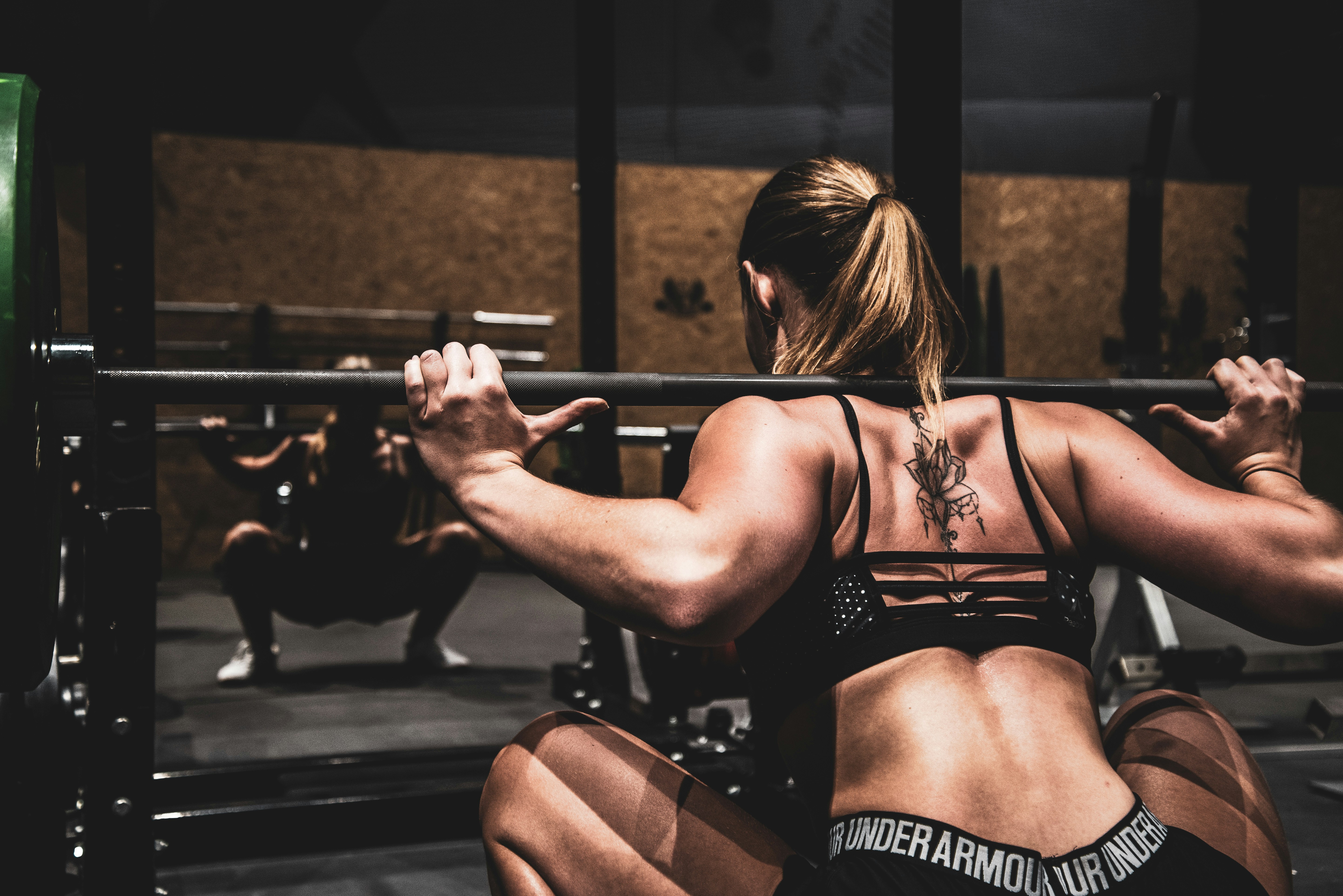
Fuel Your Fitness: 17 Top Plant-Based Protein Sources for Athletes
Strength Training For Fat Loss For Women
Author: Plant-Based Susy
The myth that vegan athletes don’t get enough protein to smash their fitness goals has been busted. Big names like Venus and Serena Williams, pro bodybuilder Barny du Plessis, and Olympic gold medallist Alex Morgan prove that plant-based protein sources fuel even elite athletes for the win.
But which plants pack a protein punch to help your muscles hold up when you push your limits during training?
The top plant-based protein sources for vegan athletes include soya foods like tofu and tempeh, spirulina, quinoa, nutritional yeast, and hemp and chia seeds. These foods are rich in all 9 essential amino acids. Other good protein sources include seitan, pulses, whole grains, nuts, and some vegetables.
We’ve rounded up 17 plant-based whole foods with the most protein to keep you going strong throughout your active days (…and perhaps even give you the edge against omnivorous rivals). Plus, we’ll share essential info for all athletes wanting to satisfy their protein needs with whole plants.

Table of Contents:
Satisfy Your Protein Needs with Whole Plants
Loads of plants are naturally high in protein. Getting your daily fix from these whole foods instead of ultra-processed bars, powders, and meat alternatives provides extra benefits for active lifestyles.
They contain inflammation-fighting compounds that help your muscles recover faster after tough workouts. They’re also chock-full of fibre, vitamins, and minerals. And they have only a smidgen of saturated fat compared with many animal-based proteins.
Besides all these health benefits, whole foods are trending in 2024! Those in the know say we'll go back to basics with our food choices. (We at Vegan Susy have always been huge fans of nutrient-dense whole plants, so we’re delighted they’re on the rise.)
Expect to "see more 'real' plant-based items that feature wholesome vegetables, pulses, nuts, seeds, and other plants,” registered dietician Jackie Newgent told Forbes Health when asked what will be big in nutrition this year.
Here they are: The plants to give you protein power to chase (and ace!) your personal and professional fitness goals.

1. Edamame
These young, green soya beans have a buttery, slightly sweet, nutty flavour and 8 g of protein per ½ cup.
Add steamed, salt-sprinkled edamame to salads, roast them for a snack, or blitz these gems into a pretty green dip or spread.
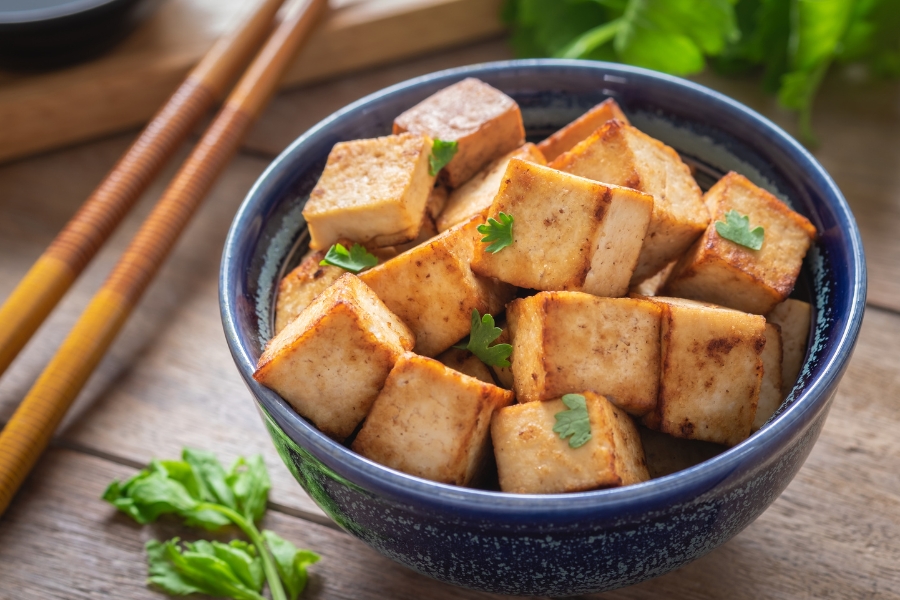
2. Tofu
Soya beans are ground, cooked, and pressed into a slab to create a versatile ingredient with a protein kick (10 g per ½ cup). A flavour sponge, tofu tastes like whatever you cook with it.
Firm tofu tastes divine when air fried with a light coat of seasoning (hello, crispy crust!), and silken tofu makes smoothies thick and creamy. We love it baked and smothered in a tangy orange-ginger glaze.
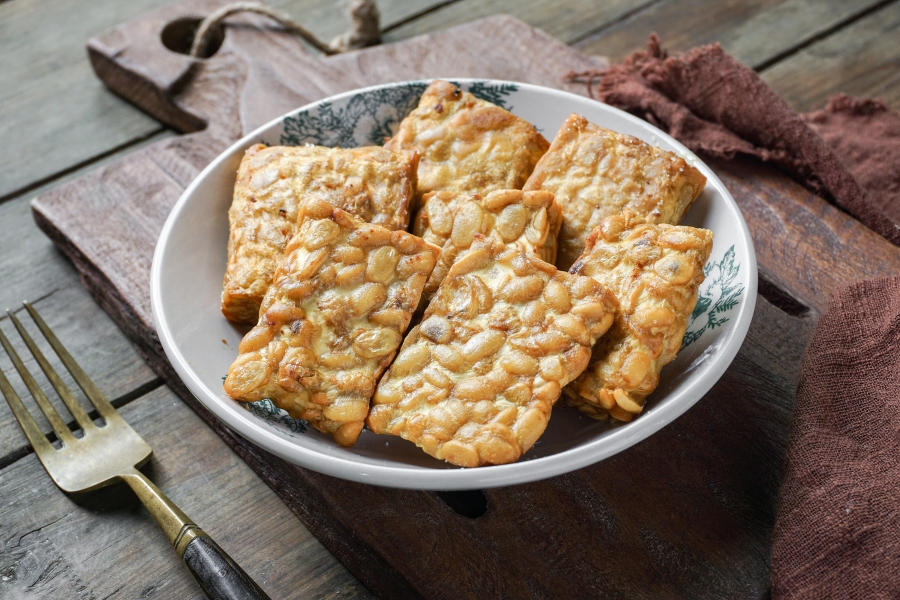
3. Tempeh
Cook and ferment soya beans, and you get a dense, nutty-tasting cake with a whooping 15 g of protein per ½ cup.
Tempeh is compact, giving it more protein than many other soya foods. Its solid texture also stops it from scrambling when stir-fried.
Marinaded golden-roasted tempeh strips are mouth-watering in sandwiches. Generous cubes make comforting stews and pies. Sautéed spiced tempeh crumbles are perfect with avocado, salsa, and lime for taco night.

4. Seitan
Seitan, also known as wheat gluten or wheat meat, is a popular plant-based protein source among athletes. Made from gluten, the protein-rich component of wheat, seitan boasts an impressive protein content, with approximately 27 grams of protein per 100 g (3 ½ ounce serving).
This versatile meat substitute has a chewy texture and can be flavoured in various ways, making it suitable for a wide range of dishes. From stir-fries to sandwiches, seitan can be seasoned with herbs, spices, and marinades to enhance its taste and nutritional profile.
To incorporate seitan into your diet, try grilling or sautéing it with your favourite vegetables for a hearty and protein-packed meal. You can also add seitan to soups, stews, and salads for an extra boost of protein to fuel your active lifestyle.
With its high protein content and versatility in cooking, and being simple to make, seitan is a valuable addition to any vegan athlete's diet, helping them meet their protein needs and support their fitness goals.
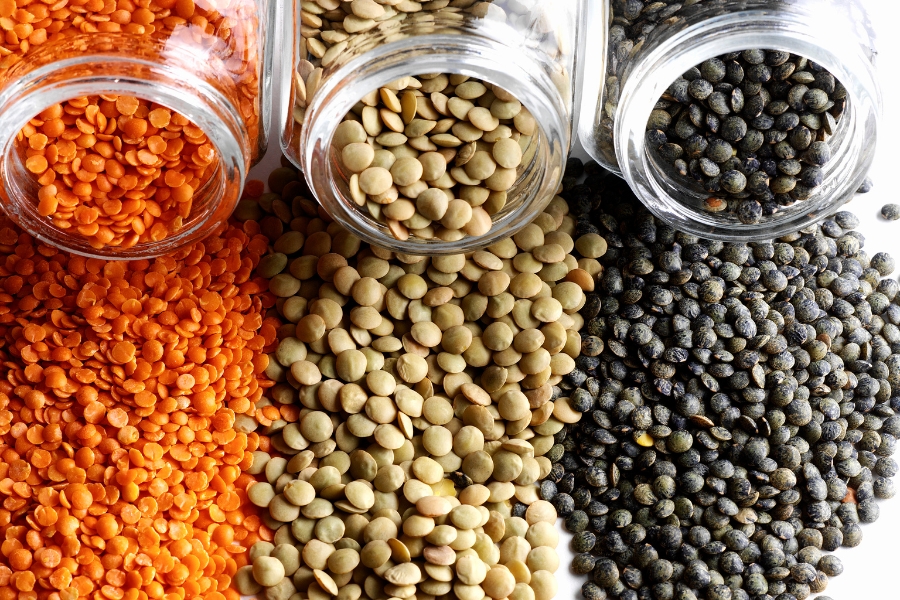
5. Lentils
Tiny disc-shaped wonders in assorted colours (red, yellow, green, brown, and black) with an earthy taste and just under 9 g of protein per ½ cup.
Lentils are inexpensive, nutrient-rich, and filling — a must for frugal living!
The colours have slightly different flavours and textures. Yellow makes an oh-so-creamy dal. Red works well in stews. Brown, green, and black are best for salads and soups.
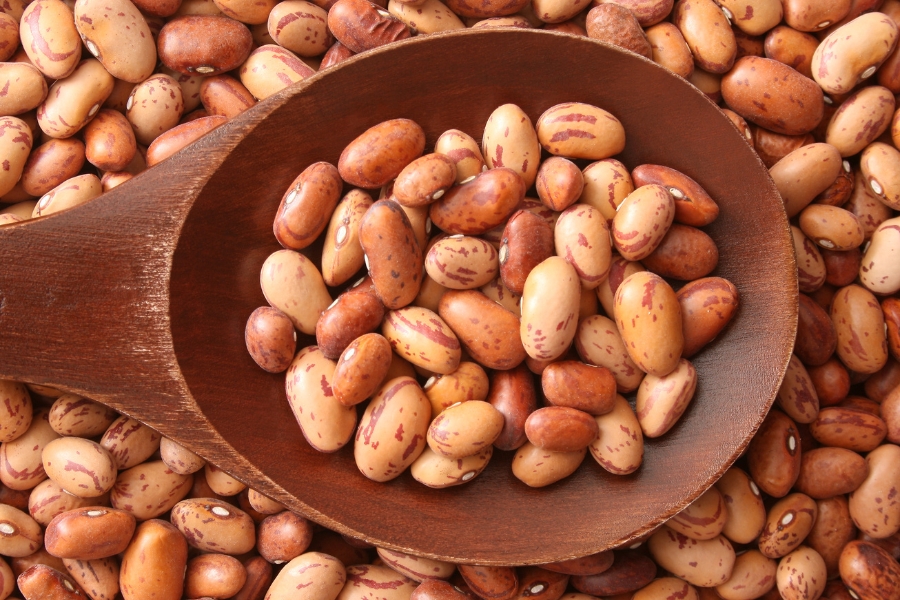
6. Pinto Beans
These popular little speckled beans are the go-to for vegan patties and warming chilli, giving around 7.5 g protein grams per ½ cup.
Pinto beans’ mild flavour and velvety texture invite you to experiment — mash them, stir-fry them, toss them into salads, stuff them into peppers, wraps, or baked potatoes, add them to burrito bowls…
More must-eat beans: All types contain a similar amount of protein. Keep your pantry stocked with black, lima, cannellini, and kidney to add hearty goodness to meals and snacks.
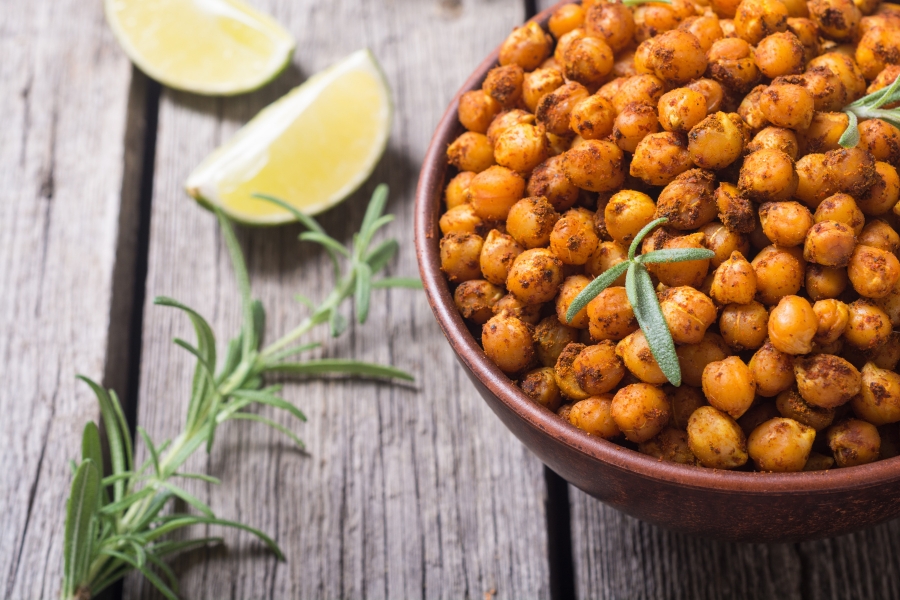
7. Chickpeas
Hummus’s star ingredient provides about 7.5 g of protein per ½ cup.
Pop crispy, paprika-tinged roasted chickpeas into your mouth as a snack, or have fun smashing and shaping them into patties and falafel balls.
Dried and canned varieties have almost identical nutrition. Still, the dried ones work better for falafel balls (canned tend to go mushy). Tip: Hold onto the liquid, aquafaba, whether you cook your own or get them from a can. In baking, you can use it instead of egg as a binding and thickening agent.
The ultimate Vegan Susy way to eat chickpeas is blended with cocoa powder, nut butter, agave syrup, vanilla, cinnamon, and plant milk in a heavenly chocolate spread. Dip fruit into it or dollop it onto breakfast bowls.
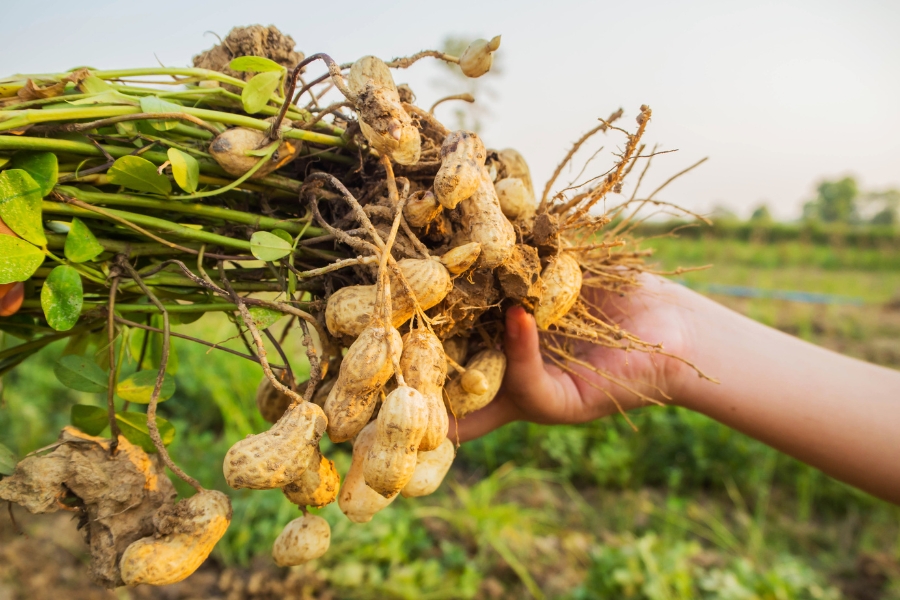
8. Peanuts
It’s America’s favourite snack nut and even has its own day (13 September). If peanuts aren't already your grab-and-go snack, they likely will be after you discover they have 10 g of protein per serving (¼ cup whole nuts or 2 tablespoons butter).
We’re sure you don’t need recipe ideas for this works-with-everything, addictively delish food, so we'll feed you 3 peanut facts that make our jaws drop:
About 540 peanuts are crammed into every 12-ounce (340 g) jar of peanut butter.
94% of US households eat peanut butter.
The average American kid will munch 1,500 PB&J sandwiches before graduating from high school.
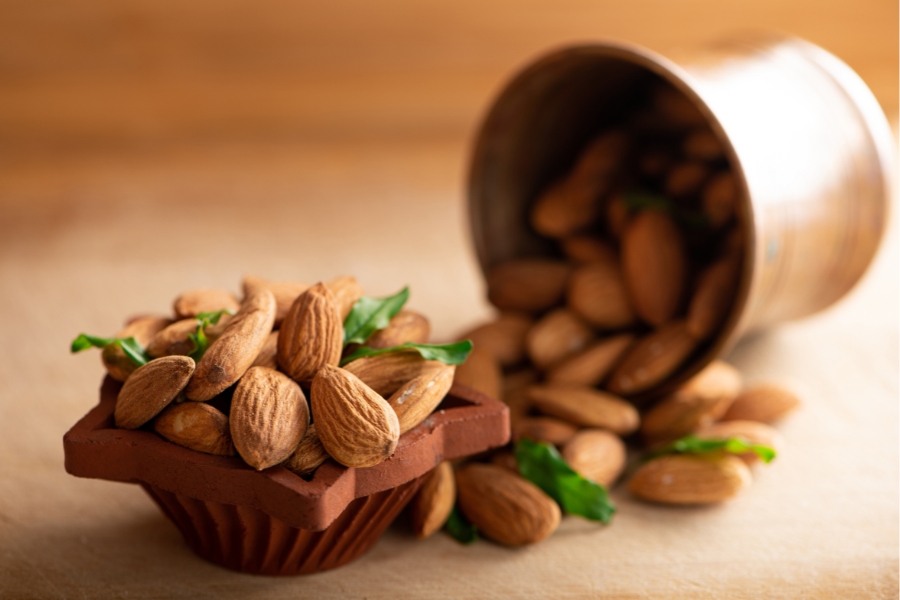
9. Almonds
Almonds have the most protein of all nuts (besides peanuts, which are technically not a nut, but a legume!), with about 7 g per ¼ cup of raw almonds. They also have the most calcium of all the nuts.
We think they’re the most versatile, too. We add them raw and whole to our snack packs, put roasted chunks on our desserts for crunch, and drizzle creamy homemade almond butter over pretty much everything.
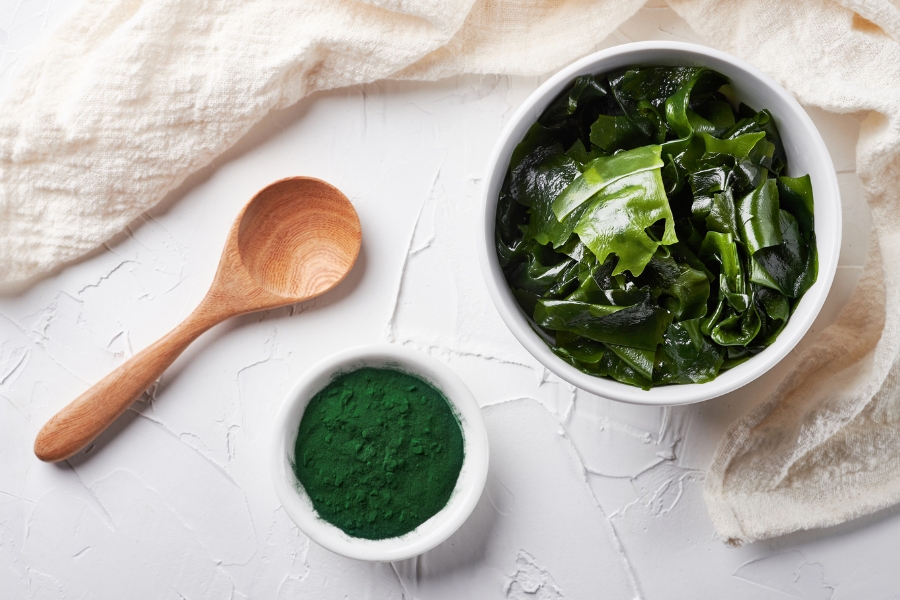
10. Spirulina
This deeply hued algae powder turns smoothies various shades of green and blue, giving them an 8 g protein boost per 2 tablespoons.
However, its claim to fame is that it is a superfood with an amino acid composition (what proteins are made up of) ranking "among the best in the plant world,” according to the Journal of Microbiology Biotechnology and Food Sciences. Many plant proteins lack some of the essential amino acids. So, this title is a big deal.
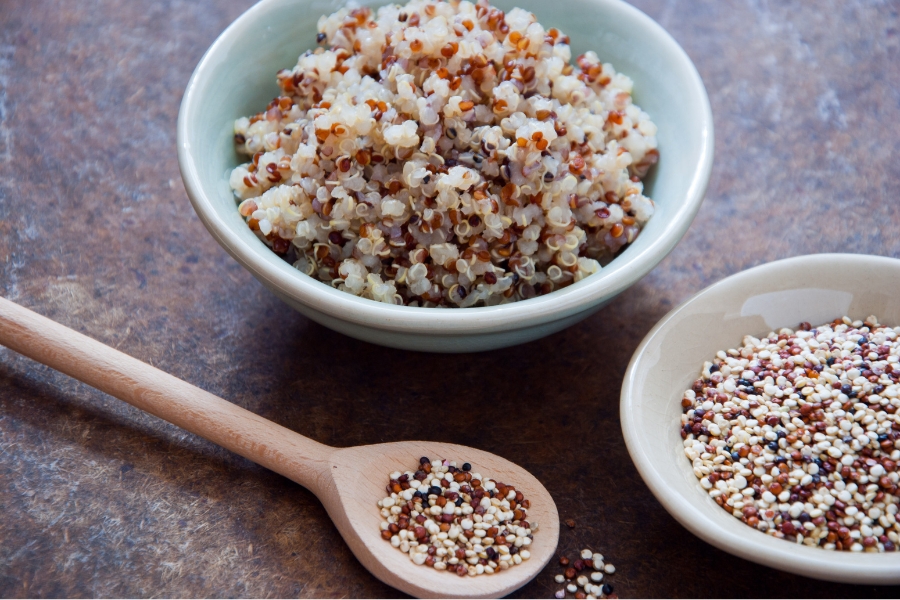
11. Quinoa
Quinoa had a real moment on the nutrition scene a decade ago. And it's still popular, mainly because of its impressive nutrients, including 8g of protein per cooked cup.
Looking for new ways to eat this vegan staple? Blitz it in a coffee or spice grinder to make quinoa flour for gluten-free baking. Or try it for breakfast with cinnamon, nuts, and honey.
More must-eat ancient grains: Don’t give quinoa all the attention in your kitchen when there are other tasty protein-rich grains to add to your recipes, like amaranth (8 g per cup), spelt (10 g per cup), and teff (11 g per cup). Try this amazing teff porridge recipe from Best of Vegan.
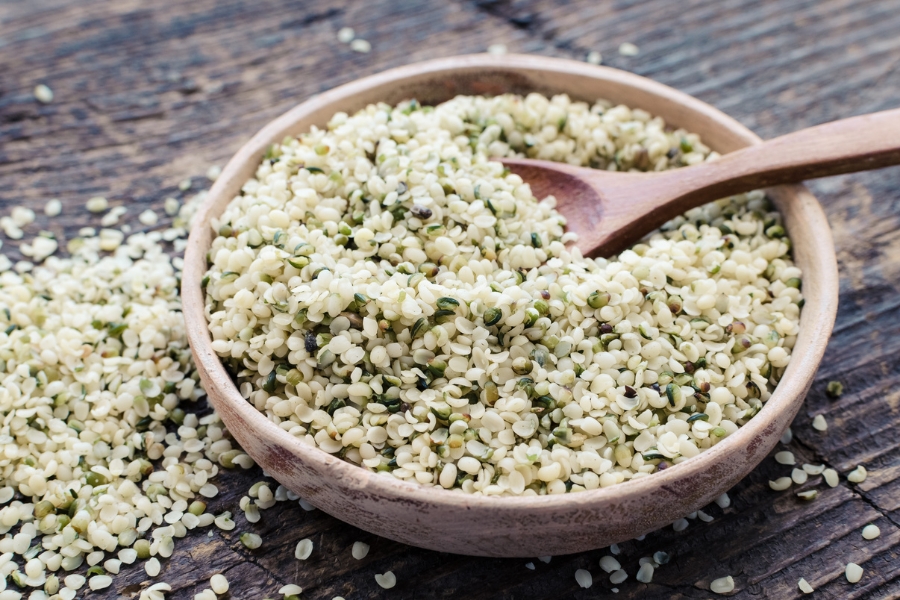
12. Hemp Seeds
No seed can compare with hemp when it comes to the best plant-based protein sources for athletes. They boast "the full arsenal of muscle-building essential amino acids, comparable to what you'd find in meat, eggs, and dairy,” says Michigan State University Extension. You'll get 6 g of the coveted macro in 2 tablespoons.
These seeds are mild, earthy, and nutty. We've heard they taste like a fusion of flax and pumpkin or pine and sunflower — you be the judge! Sprinkle them on your salads and smoothies for extra flavour.
More must-eat seeds: Chia seeds are another winner for your plant-protein pantry (4 g in 2 tablespoons). Soak them in soya milk, cocoa powder, vanilla, espresso, and honey overnight for a yummy, high-protein pudding. Also, keep pumpkin seeds (4 g in 2 tablespoons) at hand for snack attacks.
Here's some more inspiration for making a fuss-free chia pudding that you can customise with all your favourite flavours...
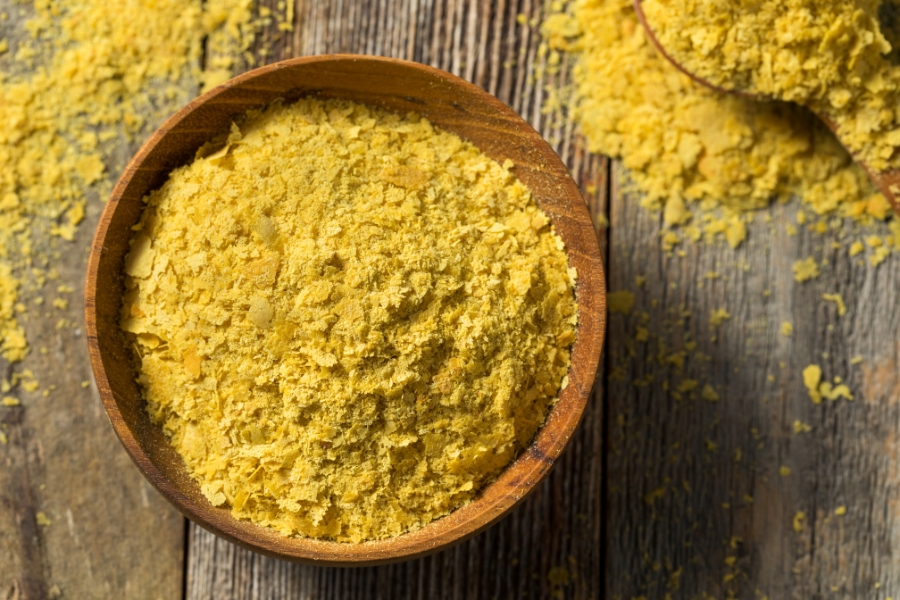
13. Nutritional Yeast
We can't get enough cheesy-tasting "nooch” in our sauces, salads, stews, and soups. And with 5 g of protein per 2 tablespoons, you’ll love it too!
These pale yellow flakes or powders are the same strain of yeast that gives beer its characteristic flavours and aromas and makes bread rise. But don’t waste your nutritional yeast on beer-brewing or bread-baking, as it’s an inactivated version of the stain and won’t bring these results.
Save yours for recipes needing umami depth, or dust it over popcorn.
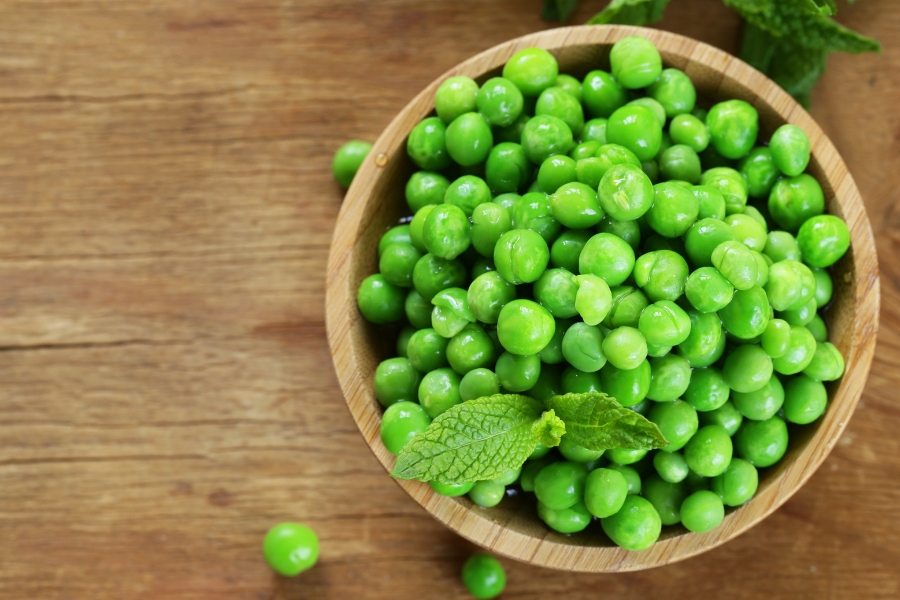
14. Green Peas
Which has more protein: A cup of dairy whole milk or peas? The mighty green guys take first place at almost 9 g vs. milk's 8 g.
Buy yours fresh or frozen (frozen might actually be the more nutritious option), and try them in a salad with grains, pomegranate rubies, and mint. Or how about a trio of green veg in a pea, asparagus, and courgette (zucchini) soup? Or with garlic and avocado in a smooth dip?
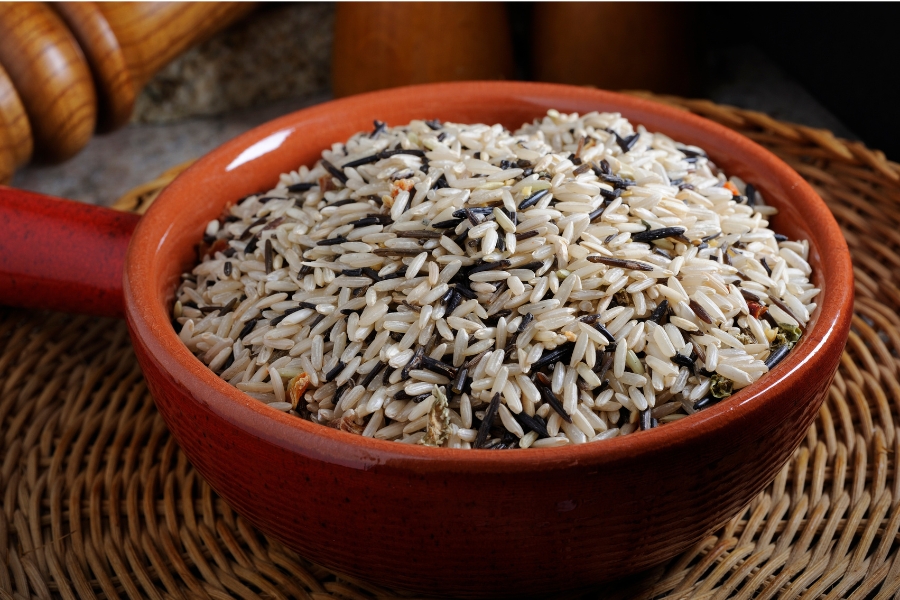
15. Wild Rice
Wild rice outperforms all other types of rice in the protein stakes, with nearly 7 g per cooked cup.
It tastes similar (a little earthier) and has a chewiness like brown rice, but it's technically a type of grass. Though, you can use it in the same recipes. It adds an exciting texture to bean or chickpea patties and is a super stuffing for roasted bell peppers.
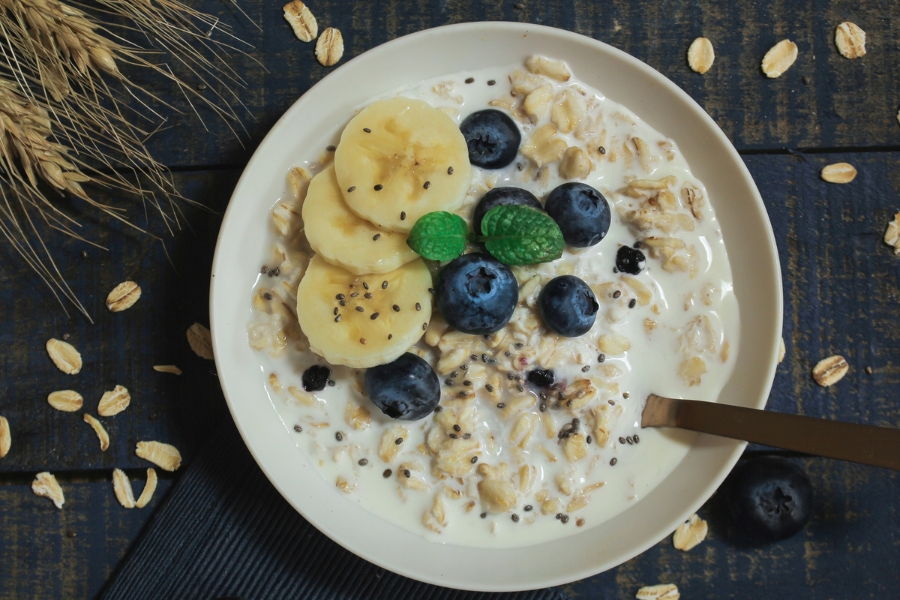
16. Oats
Raw oats provide 5 g of protein per ½ cup, earning them a spot on our list of the best plant-based protein sources for athletes. Get more by soaking them in soymilk overnight and eating them with nut butter. Or mix them with assorted seeds in granolas, bars, and bites.
We’ll never tire of oatmeal bowls dressed up in fruit, nuts, and seeds. But if you want a fresh idea, turn them into filling vegan pancakes served with coconut yogurt.
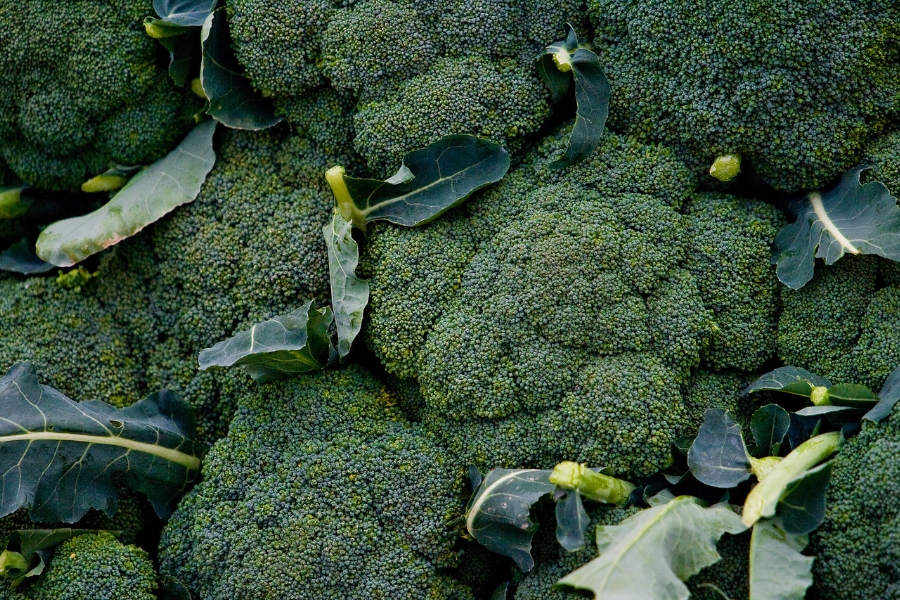
17. Vegetables
You’ll be surprised at how much plant-based protein hides inside the many veggies you eat daily. It's unlikely to be enough to keep you performing at your peak. But the grams add up if you eat lots of them (and you should. Here are 10 simple ways to bulk up your meals with fruit and veg).
Here’s how the top high-protein veggies stack up against each other:
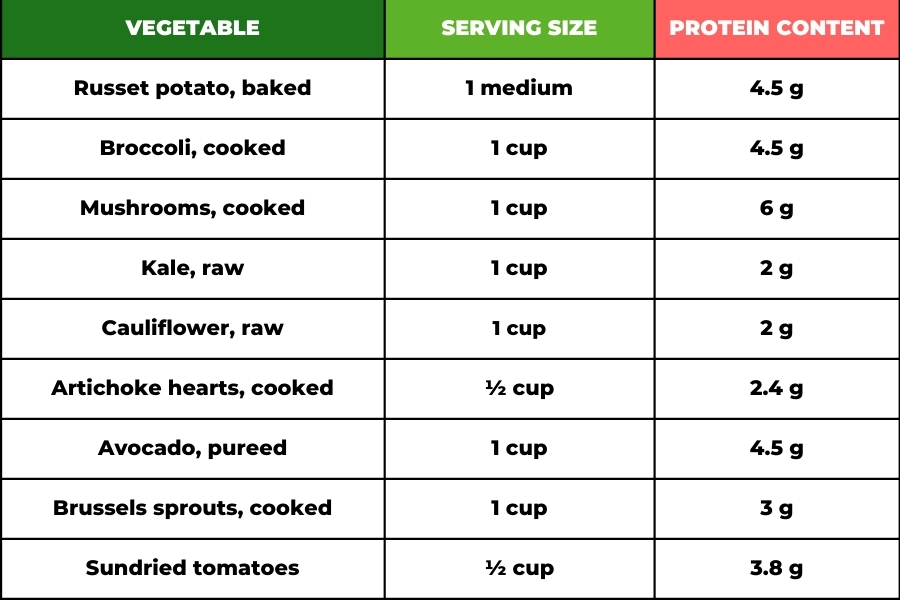
How To Eat Plant-Based Protein for Fitness Gains
A good mix of protein-rich plants will give you enough of this nutrient to stay fighting fit. Breathe easy knowing that the experts have confirmed this.
A systematic review in The Journal of Physical Fitness and Sports Medicine concluded, “With the right meal planning an athlete can not only meet all nutritional requirements with plant-based foods but also enjoy similar strength/power, aerobic and anaerobic exercise performance [compared with omnivorous diets].”
This brings us to a vital step: Meal planning to ensure you eat various protein-rich plants for plenty of the 9 amino acids you need. Why not aim to eat all 16 foods on our list?
Some plants contain high levels of all of the essential amino acids. Here are examples:
Chia seeds
Hemp seeds
Soy foods
Spirulina
Nutritional yeast
Quinoa
Others, like whole grains, beans, nuts, and most seeds, are low in one or two amino acids.
You can get the balance right by matching these protein sources with their complementing partner. Some ideas include:
Chickpeas with sesame seeds (hummus or falafels with tahini)
Oats, nut butter, and seeds (energy balls)
Lentils (dal) and rice (a classic dish – and a dal reimagined with no oil)
Beans and rice (veggie patties)
PB&J on Ezekiel bread (an all-time classic)
Good to know: It doesn't matter whether you eat these plants together or at different times of the day.
Frequently asked questions
Can vegan athletes get enough protein from whole foods?
Yes! Whole plants like tofu, lentils, and hemp seeds provide all essential amino acids for muscle growth and recovery.
What’s the best high-protein plant food for athletes?
Tempeh, seitan, and lentils top the list, offering rich protein content and muscle-supporting nutrients.
Do plant-based proteins support muscle recovery?
Absolutely! Whole foods contain anti-inflammatory compounds that help speed up recovery after intense workouts.
How can I add more protein to a vegan diet?
Incorporate quinoa, chickpeas, nuts, seeds, and nutritional yeast into meals for an easy protein boost.
Is plant protein as effective as animal protein for fitness?
Yes! Studies show plant-based proteins can support strength, endurance, and overall athletic performance just as well.
Conclusion:
Eat a varied mix of soya, grains, beans, seeds, nuts, and vegetables throughout the day to help your muscles recover and grow as you challenge them. With our list of the 17 best plant-based protein sources for athletes on your side, nothing is holding you back — go, go, go!

💚 "Happy Plant-Based Eating & Exercising!" 💚

Plant-Based Susy
Plant-Based Nutrition Professional & Weight Loss Coach
Empower Yourself: Embark on a Delicious Fat Loss Adventure

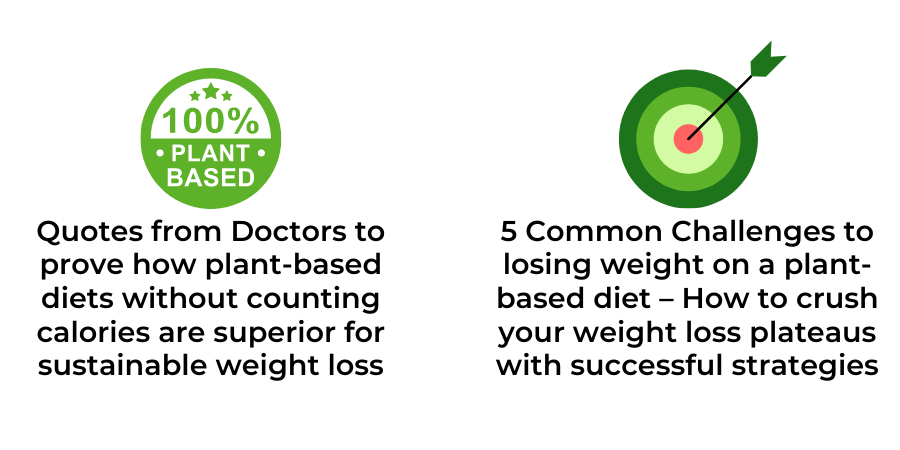
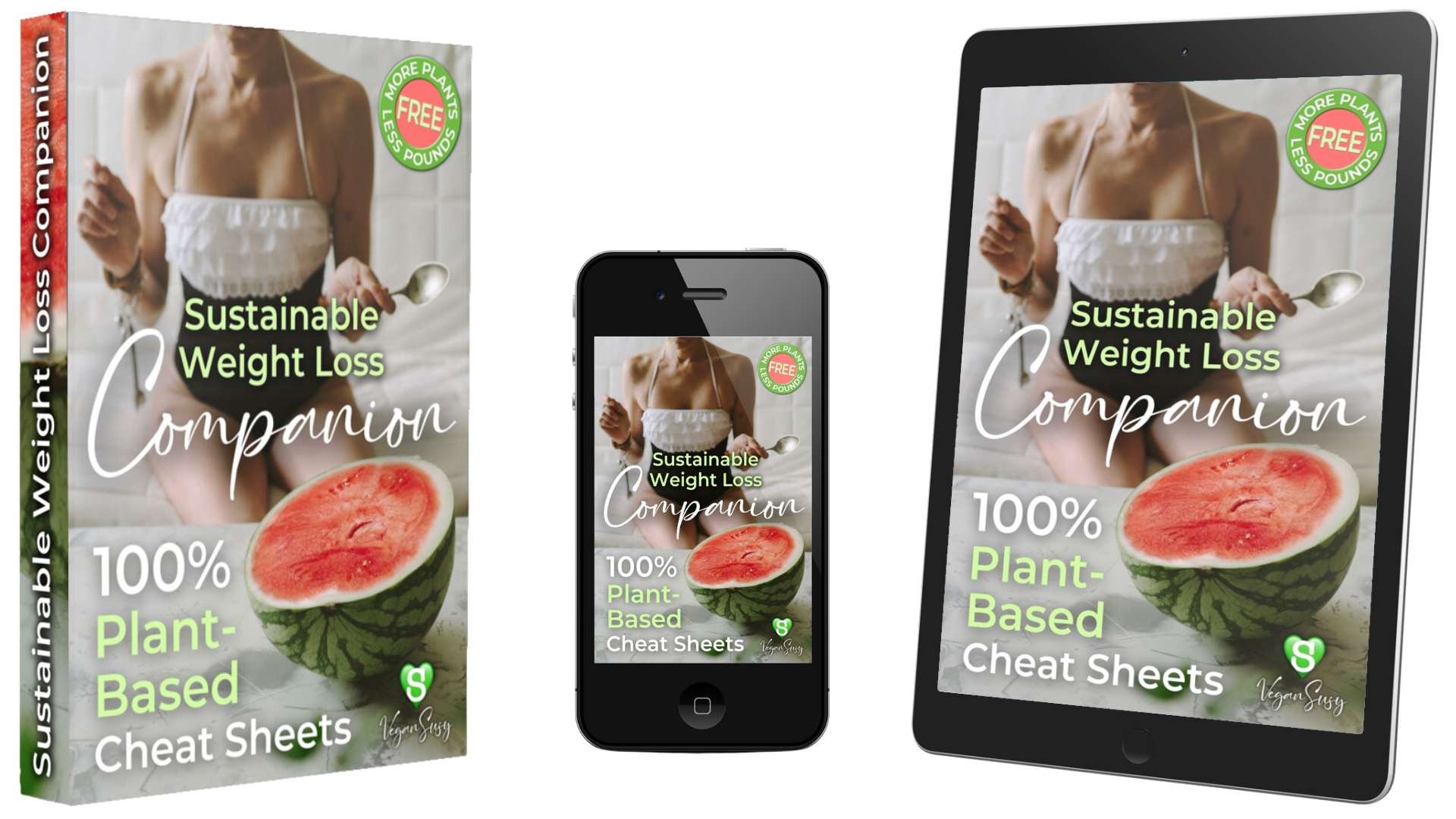
🍉 Get Ready to Jump Start Your Fitness Goals AND DISCOVER A HEALTHIER YOU!
🍉 Let's Make Your Fat Loss & Optimum Health Journey a Delicious Success Story!
🍉 Get The FREE Sustainable Weight Loss Companion eBook and CHEAT SHEETS!
More Free Resources
Unlock Your Transformation Today!
© 2025 VeganSusy Ltd. All Rights Reserved


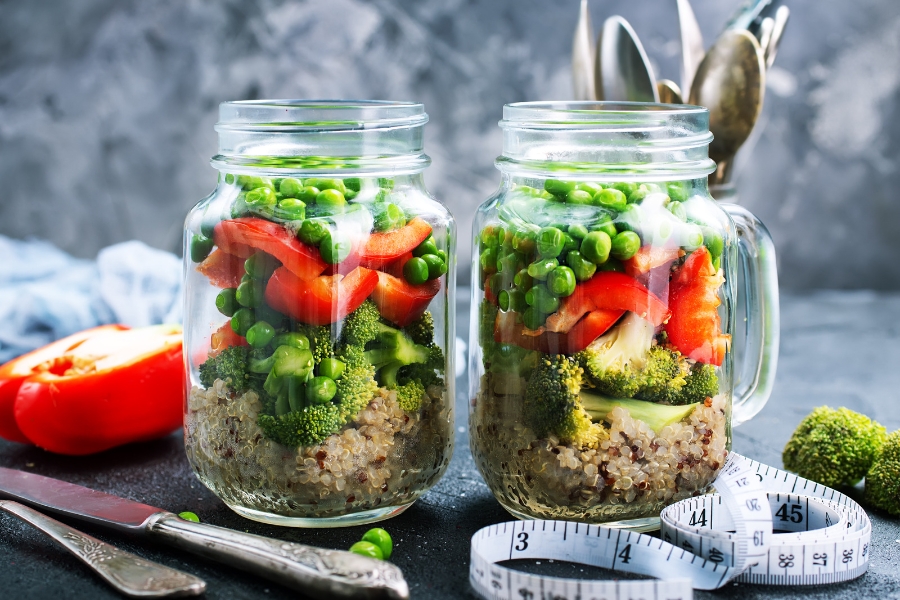
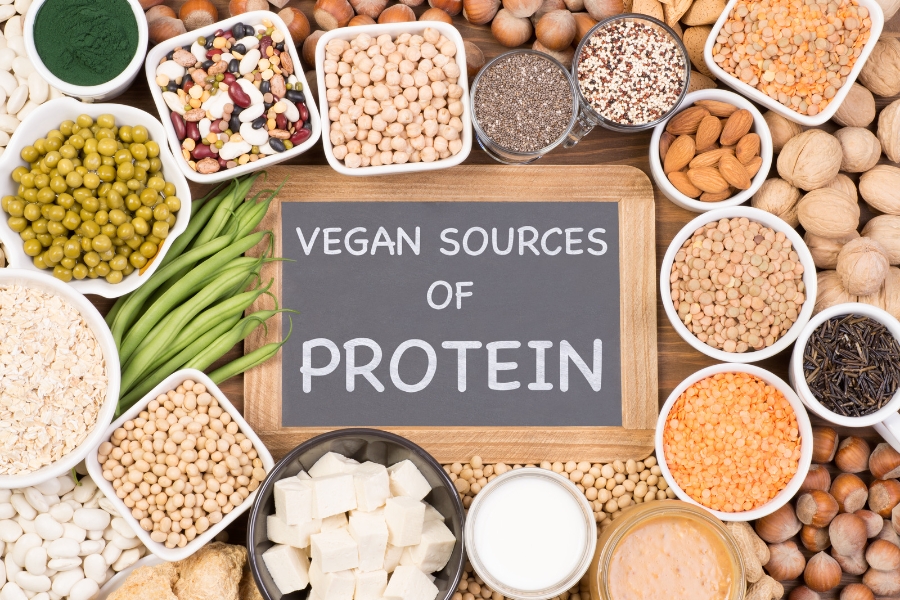

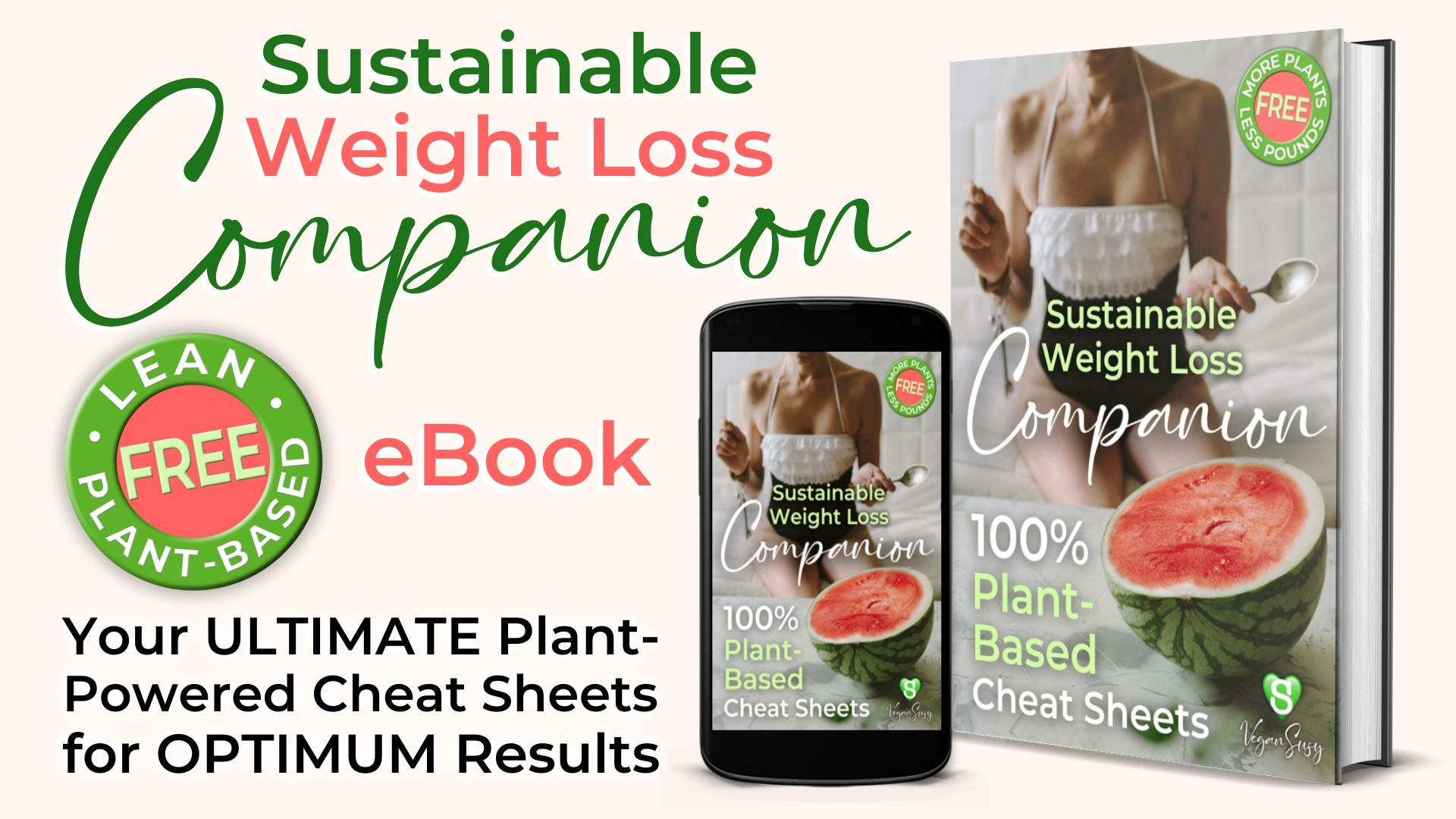





Facebook
Instagram
Youtube
Pinterest